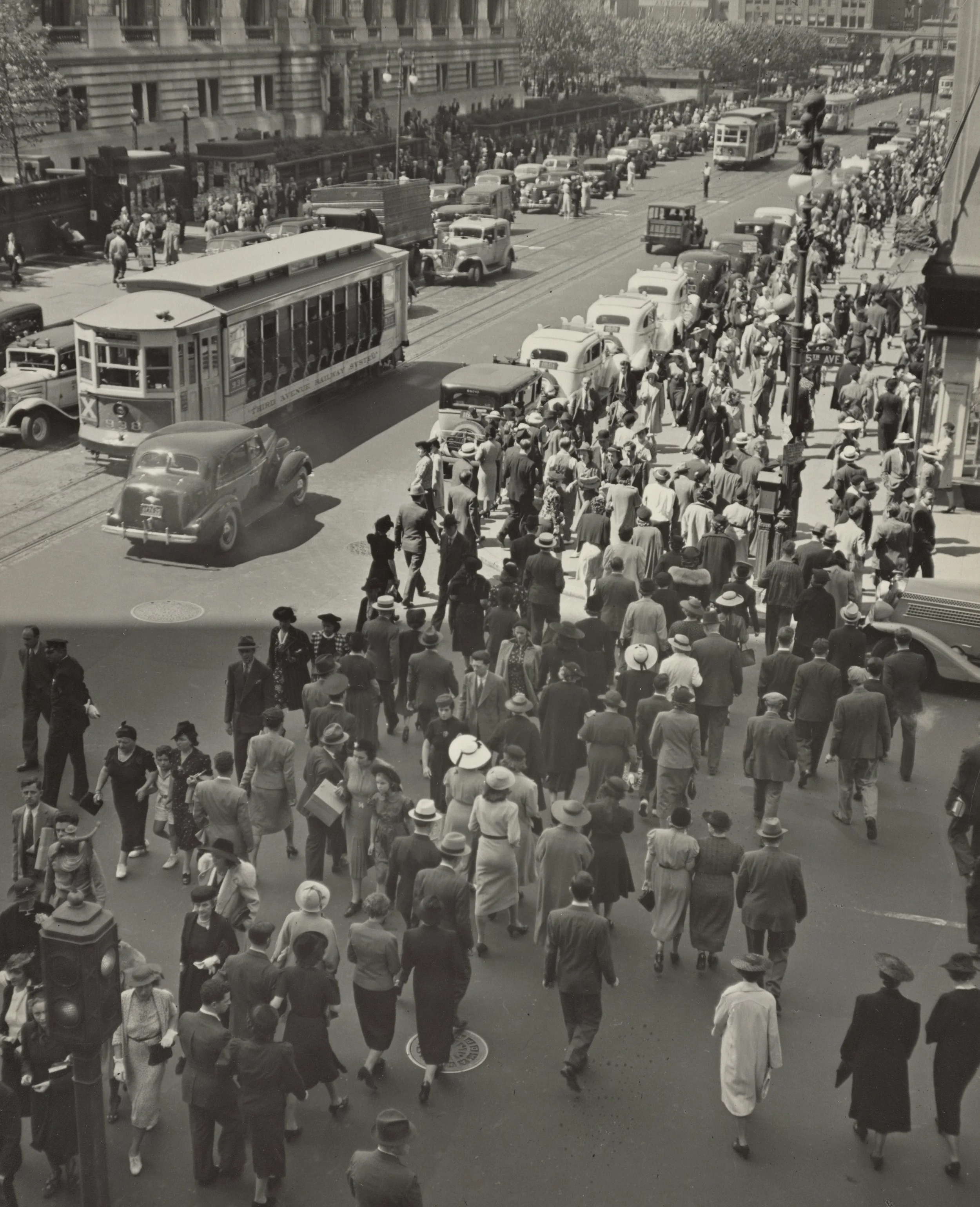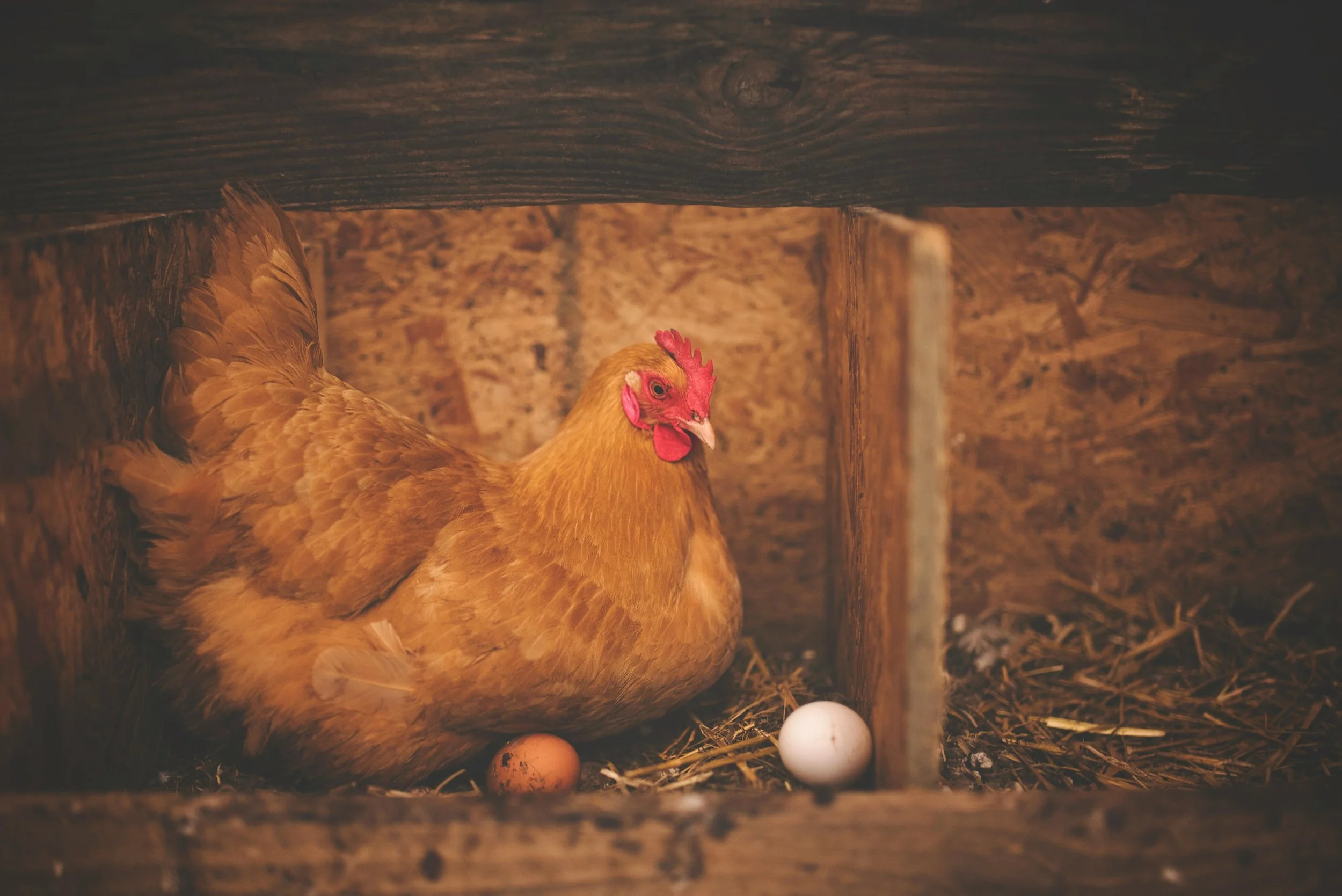My own introduction to history came in those earliest elementary school years when we were to commemorate Thanksgiving with our own special drawing. I earned a gold star for my crayon depiction of the Pilgrims and Indians as they shared a feast at the community table, part of the cartoon historical narrative we had been fed at the time.
My drawing somehow missed this English account of 1610 Jamestown:
“Soldiers were sent out ‘to take revenge.’ They fell upon the Indian settlement, killed fifteen or sixteen Indians, burned the houses, cut down the corn growing around the village, took the queen of the tribe and her children into boats, then ended up throwing the children overboard ‘and shoteing owt their Braynes in the water.’ The queen was later taken off and stabbed to death.”
The textbook history of our great nation is the tale told by the victors (Churchill). Our traditional historical accounts somehow come across as refined, sanitized, packaged for consumption — like so much sausage — to be fed to a credulous public. Missing is any sense of how the sausage was made.
Howard Zinn sought to fill in such blanks with the book that inspired our very first MM session (click: MM 7/5/16 A People's History Of the United States (the source of that above-cited English account). His work was intended to triangulate on the truth by retelling the historical narrative from the perspective of the actual human dynamics underpinning the signature events…
Read More



















